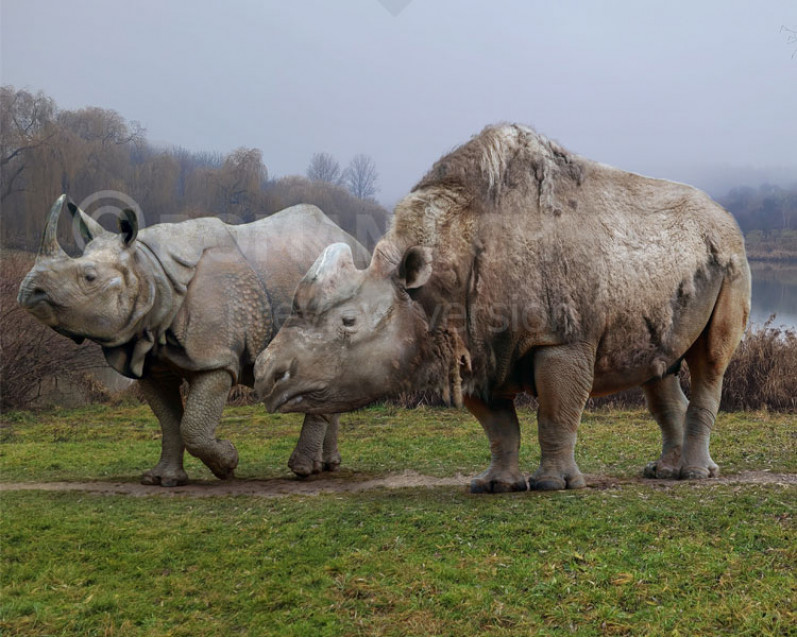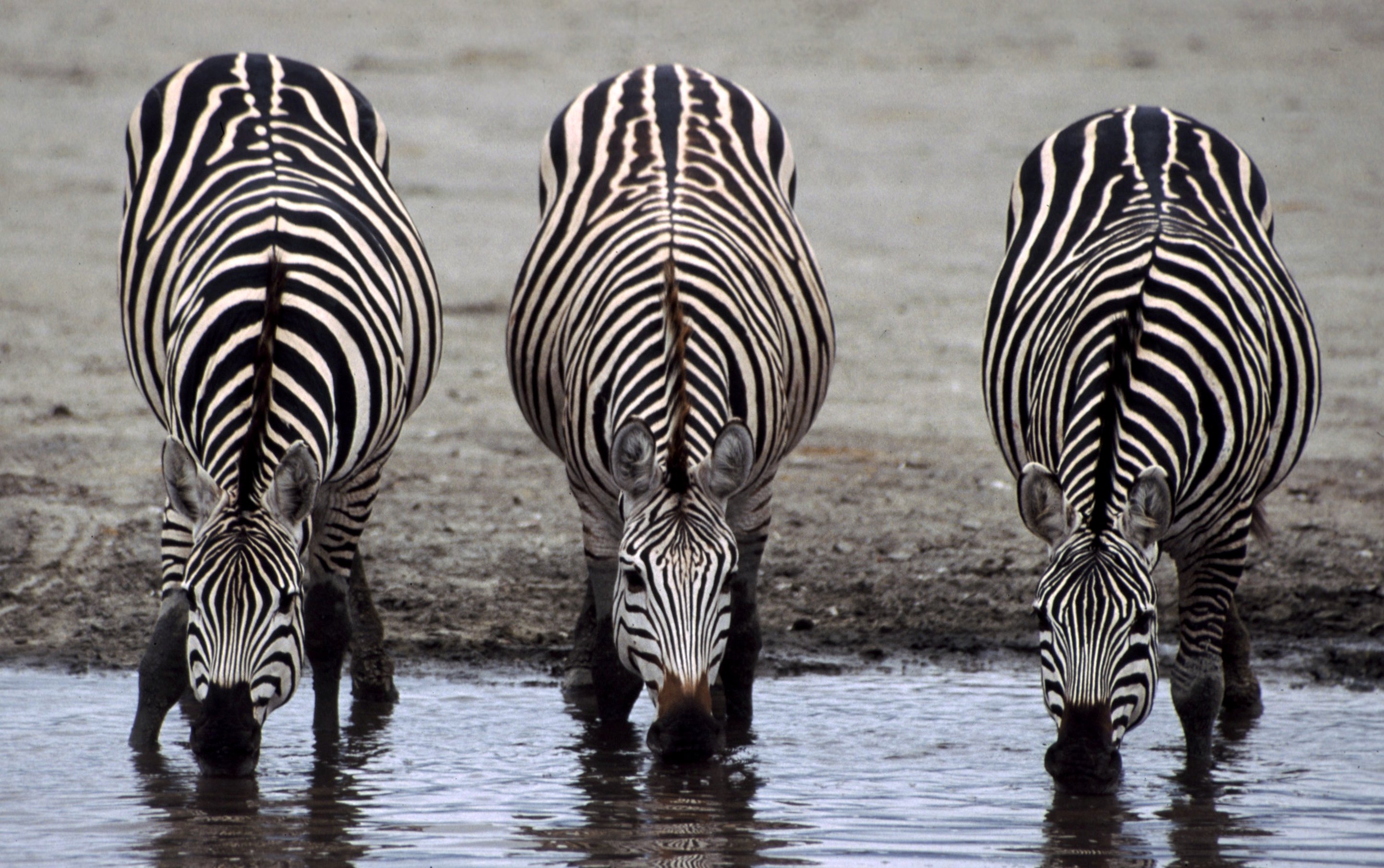Odd-toed ungulates, or perissodactyls, are a unique group of mammals that have fascinated scientists and nature enthusiasts for centuries. These remarkable creatures are characterized by their distinctive hoof structure, where the weight is borne on an odd number of toes. This feature sets them apart from other hoofed animals, making them a critical subject of study in the field of zoology and evolutionary biology.
Odd-toed ungulates include some of the most iconic animals on the planet, such as horses, rhinoceroses, and tapirs. Their evolutionary journey spans millions of years, and they have adapted to survive in diverse environments across the globe. Understanding their biology, behavior, and conservation status is essential for preserving these magnificent creatures for future generations.
As we delve deeper into the world of odd-toed ungulates, we will explore their classification, anatomy, habitats, and the challenges they face in the modern world. By the end of this article, you will have a comprehensive understanding of why these animals are so important and what we can do to protect them.
Read also:What Is Freeze Dance A Comprehensive Guide To The Fun And Engaging Activity
Table of Contents
- Introduction to Odd-Toed Ungulates
- Classification and Evolution
- Anatomy and Physical Characteristics
- Habitats and Distribution
- Diet and Feeding Habits
- Behavioral Patterns
- Conservation Status
- Threats and Challenges
- Subspecies and Variations
- The Future of Odd-Toed Ungulates
Introduction to Odd-Toed Ungulates
Odd-toed ungulates belong to the order Perissodactyla, which is derived from Greek words meaning "odd-numbered toes." This group of mammals includes three living families: Equidae (horses, zebras, and asses), Rhinocerotidae (rhinoceroses), and Tapiridae (tapirs). Despite their differences in size and appearance, these animals share a common ancestor that lived over 50 million years ago.
One of the most notable features of odd-toed ungulates is their hoof structure. Unlike even-toed ungulates, which have an even number of weight-bearing toes, odd-toed ungulates have hooves that are adapted for running, grazing, and navigating various terrains. This adaptation has allowed them to thrive in environments ranging from grasslands to dense forests.
Why Are Odd-Toed Ungulates Important?
Odd-toed ungulates play a vital role in ecosystems around the world. They help maintain the balance of their habitats by controlling vegetation growth and providing food for predators. Additionally, many species of odd-toed ungulates have cultural and economic significance, particularly horses and rhinoceroses, which have been domesticated and traded throughout history.
Classification and Evolution
The classification of odd-toed ungulates is rooted in their evolutionary history. Scientists believe that these animals evolved from small, forest-dwelling creatures that lived during the Eocene epoch. Over time, they adapted to open grasslands, leading to the development of their distinctive physical characteristics.
Key Families in the Order Perissodactyla
- Equidae: Includes horses, zebras, and asses
- Rhinocerotidae: Includes five species of rhinoceroses
- Tapiridae: Includes four species of tapirs
Each family has unique traits that reflect their evolutionary adaptations. For example, horses have long legs and specialized teeth for grazing, while rhinoceroses have thick skin and massive bodies for protection against predators.
Anatomy and Physical Characteristics
The anatomy of odd-toed ungulates is a testament to their evolutionary success. Their bodies are designed for efficiency, with strong muscles, flexible spines, and specialized digestive systems. Let's take a closer look at some of their key physical characteristics:
Read also:Financing A Funeral In Bellevue Comprehensive Guide To Planning And Funding
- Hooves: Odd-toed ungulates have hooves that are adapted for running and stability.
- Dentition: Their teeth are designed for grinding tough plant material.
- Size: Depending on the species, odd-toed ungulates can range from small tapirs to massive rhinoceroses.
The Role of Hooves in Movement
Hooves are one of the defining features of odd-toed ungulates. These structures are made of keratin, the same material found in human hair and nails. They provide traction, shock absorption, and protection for the animal's feet, enabling them to move efficiently across a variety of terrains.
Habitats and Distribution
Odd-toed ungulates are found in diverse habitats across the globe. While some species, such as zebras, thrive in open grasslands, others, like tapirs, prefer dense forests. This adaptability has allowed them to survive in a wide range of environments, from the African savanna to the rainforests of Southeast Asia.
Geographic Distribution
- Africa: Home to zebras, rhinoceroses, and wild asses
- Asia: Hosts rhinoceroses and tapirs
- Americas: Tapirs are found in Central and South America
Despite their adaptability, many species of odd-toed ungulates face threats to their habitats due to human activities such as deforestation and urbanization.
Diet and Feeding Habits
The diet of odd-toed ungulates varies depending on the species and their environment. Most are herbivores, feeding on grasses, leaves, and other plant material. However, some species, like the Sumatran rhinoceros, are known to consume fruit as part of their diet.
Specialized Digestive Systems
Odd-toed ungulates have complex digestive systems that allow them to break down tough plant material. Their stomachs are divided into multiple chambers, each playing a specific role in the digestion process. This adaptation enables them to extract maximum nutrition from their food, even in environments where food is scarce.
Behavioral Patterns
The behavior of odd-toed ungulates is shaped by their environment and social structure. Some species, like zebras, live in large herds for protection against predators, while others, like rhinoceroses, are more solitary. Understanding their behavior is crucial for conservation efforts, as it helps scientists develop effective strategies for protecting these animals.
Social Structures
- Zebras: Live in large herds with complex social hierarchies
- Rhinoceroses: Generally solitary, except during mating season
- Tapirs: Solitary animals that communicate through vocalizations
These behavioral patterns highlight the diversity within the order Perissodactyla and underscore the importance of studying each species individually.
Conservation Status
Many species of odd-toed ungulates are currently listed as endangered or critically endangered due to habitat loss, poaching, and climate change. Conservation efforts are underway to protect these animals and ensure their survival for future generations.
Key Conservation Initiatives
- Protected areas: Establishing national parks and wildlife reserves
- Anti-poaching measures: Implementing stricter laws and enforcement
- Reintroduction programs: Reintroducing captive-bred animals into the wild
These efforts require collaboration between governments, conservation organizations, and local communities to be successful.
Threats and Challenges
Odd-toed ungulates face numerous threats in the modern world. Habitat destruction, driven by agriculture and urbanization, is one of the biggest challenges. Additionally, poaching for horns and other body parts continues to threaten species like rhinoceroses. Climate change is also having a significant impact, altering habitats and food availability.
How You Can Help
Individuals can contribute to conservation efforts by supporting organizations that work to protect odd-toed ungulates. Donating funds, volunteering time, and spreading awareness are all effective ways to make a difference. By taking action, we can help ensure a brighter future for these remarkable animals.
Subspecies and Variations
Within each family of odd-toed ungulates, there are numerous subspecies and variations. These differences reflect the diverse environments in which these animals live and the evolutionary pressures they face. For example, the African savanna elephant and the forest elephant are two distinct subspecies with unique adaptations.
Examples of Subspecies
- Grevy's zebra: Found in East Africa, known for its distinctive stripe pattern
- Sumatran rhinoceros: Smallest and most endangered species of rhinoceros
- Malayan tapir: Largest species of tapir, native to Southeast Asia
Studying these variations provides valuable insights into the evolutionary history of odd-toed ungulates and helps inform conservation strategies.
The Future of Odd-Toed Ungulates
The future of odd-toed ungulates depends on our ability to address the challenges they face. By implementing effective conservation measures and promoting sustainable practices, we can help ensure their survival. Education and awareness are key components of this effort, as they inspire individuals and communities to take action.
A Call to Action
We invite you to join the global movement to protect odd-toed ungulates. Share this article with your friends and family, and encourage them to learn more about these fascinating animals. Together, we can make a difference and preserve the legacy of odd-toed ungulates for generations to come.
Conclusion
In conclusion, odd-toed ungulates are a remarkable group of animals with a rich evolutionary history. From their distinctive hoof structure to their diverse habitats and behaviors, these creatures offer a glimpse into the complexity of the natural world. By understanding their biology, challenges, and conservation needs, we can work together to protect them and ensure their survival.
We encourage you to leave a comment below and share your thoughts on this article. Feel free to explore other articles on our website to learn more about the fascinating world of wildlife and conservation. Together, we can make a difference!



